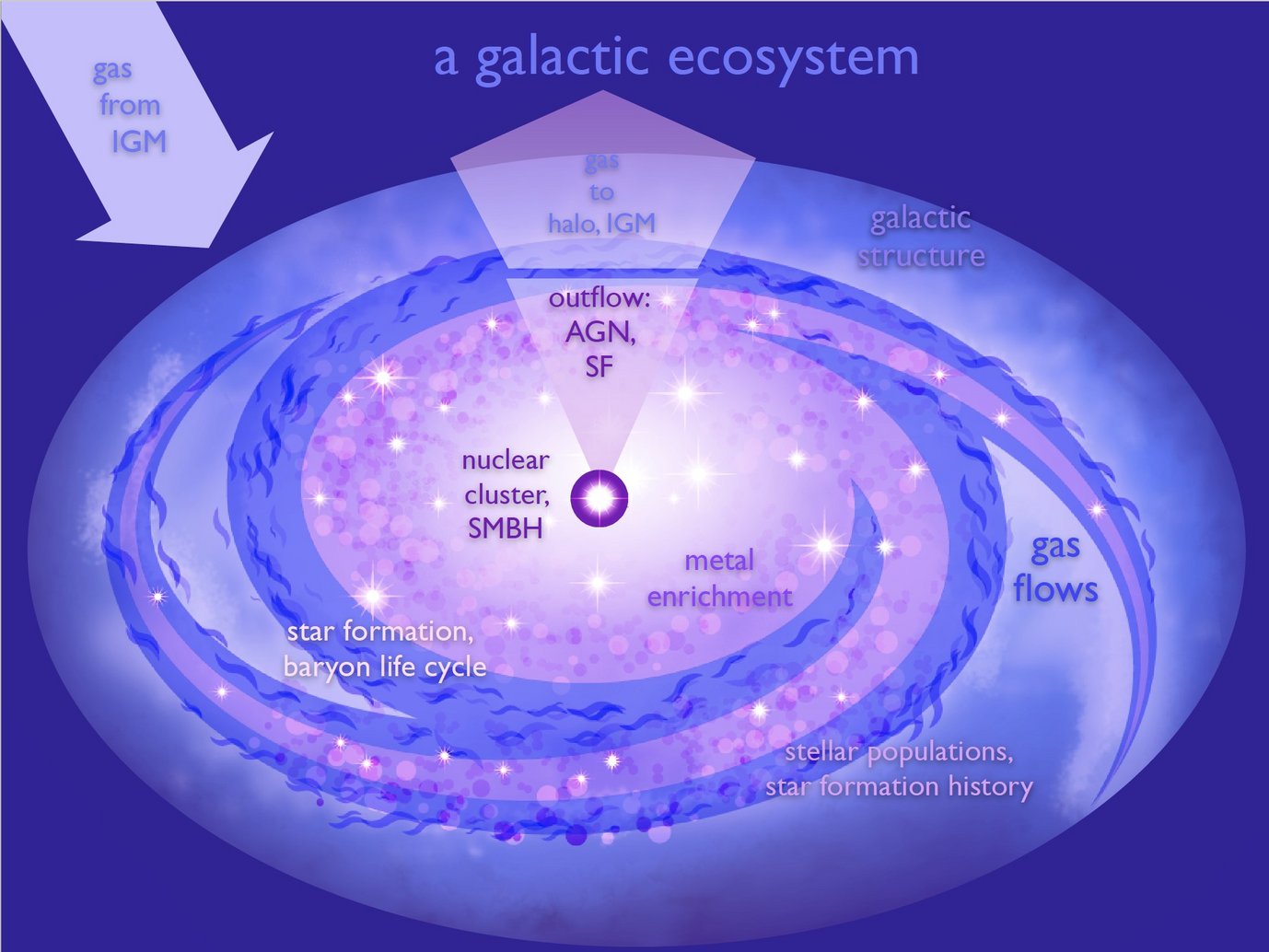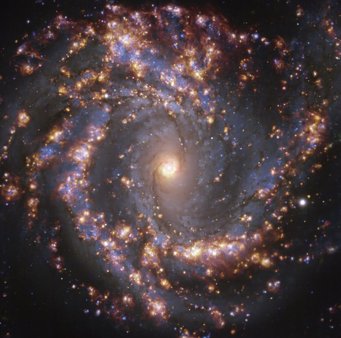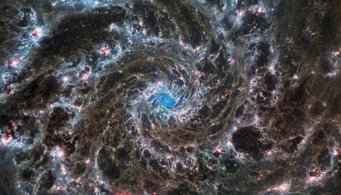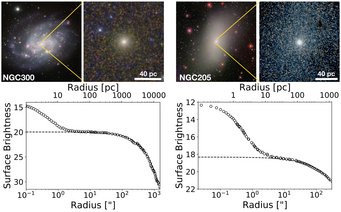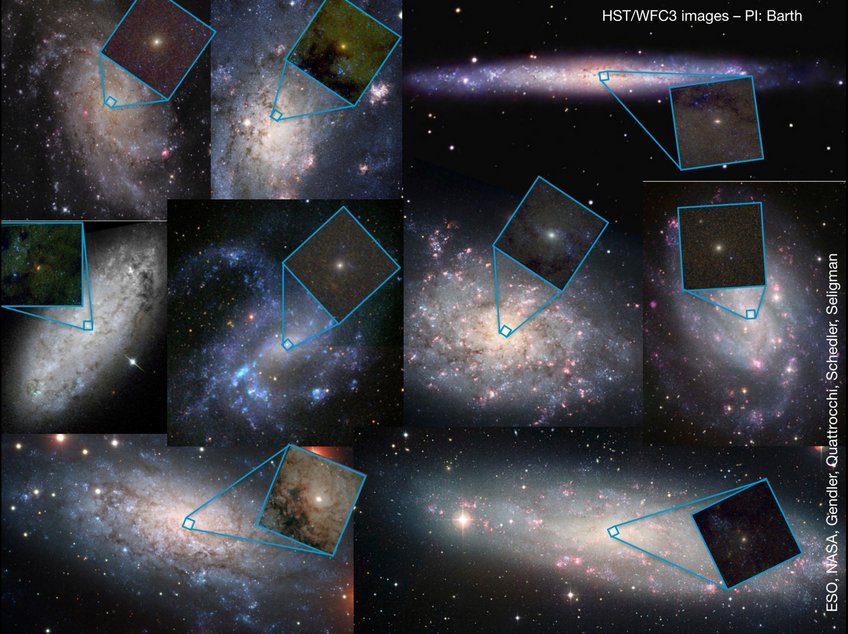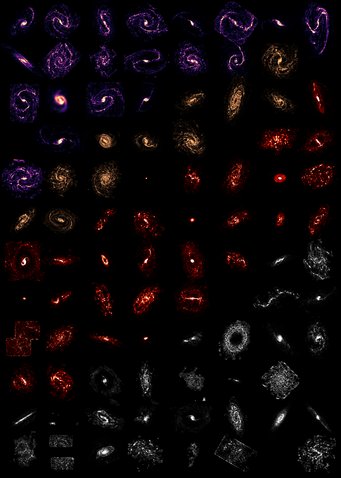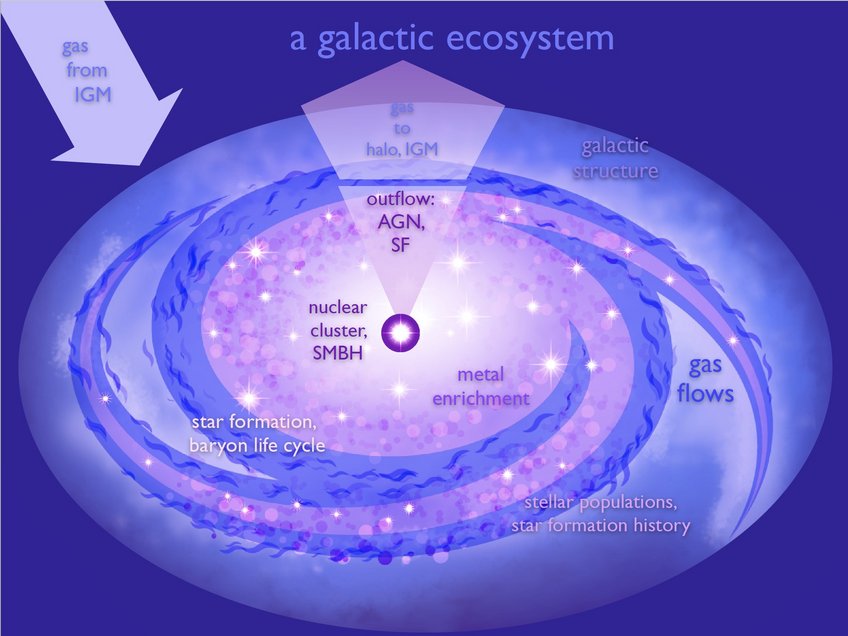Galaxies as Ecosystems
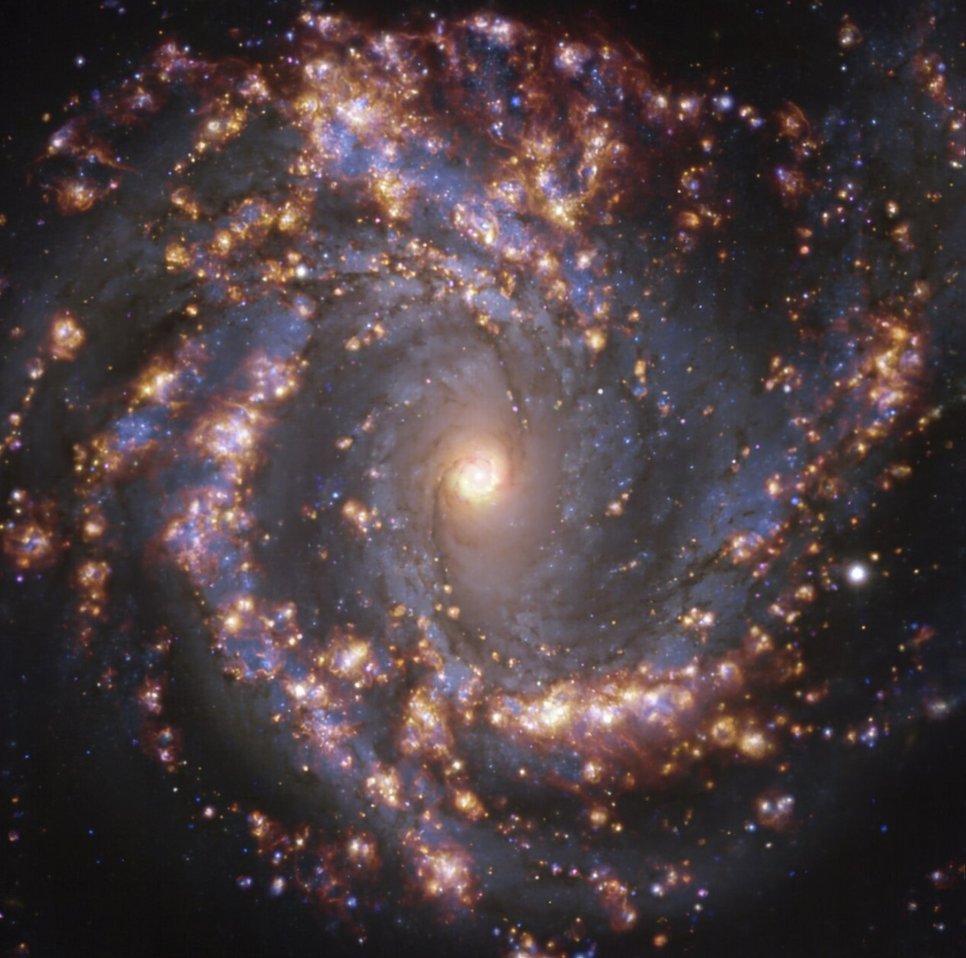
Galaxies in the local universe can be viewed as ecosystems where energy flows and material cycles are maintained by a process of self-regulation to keep them in an apparently stable, but non-equilibrium state. Due to their proximity, the components that make up galaxies such as young star formation sites, clusters of older stars, dust heated by these young and old stars as well as the gas in all its different phases (ionized, atomic, molecular) can be well resolved and studied from the very nucleus throughout the disk. Hence, local galaxies are excellent laboratories to study the physical relationships between gas, stars, dust and the central black hole (e.g. baryon life cycle, large-scale inflows and outflows, active galactic nuclei (AGN, see this link)).
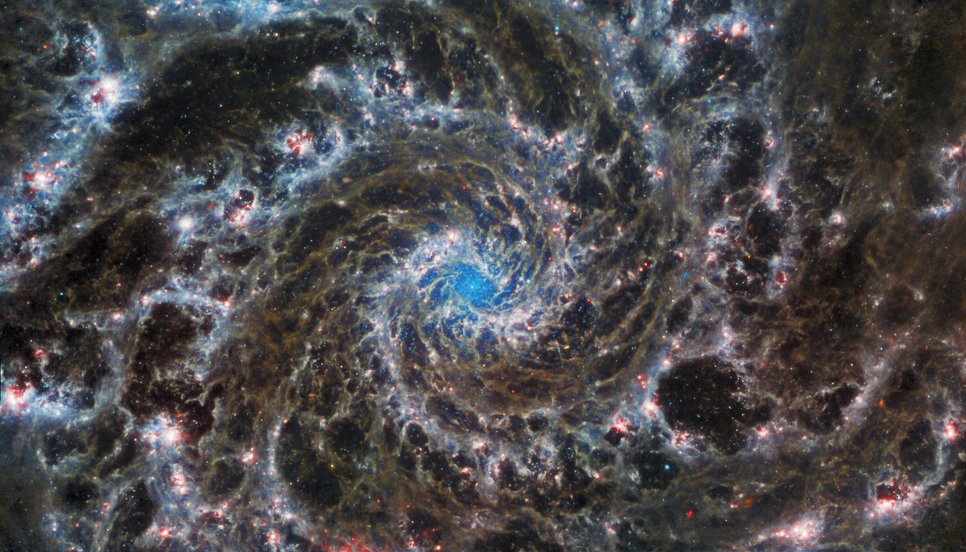
A further advantage is the privileged view onto these galaxies compared to our own Milky Way where we are sitting in the middle of a disk. Stars are born out of gas and dust and they return this material in a processed form to the interstellar medium that consists of neutral and ionized gas, large molecules such as poly-aromatic hydro-carbonates (PAHs), and dust grains. The spatial distribution of the stars and dark matter determines the visible structure of galaxies - often showing amazing spiral arms, rings, or bars. Nearby galaxies cover a large range not only in physical conditions of the interstellar medium and the amount of new stars forming, but also in morphology and nuclear activity. All physical models that are developed for the formation and evolution of, e.g., the molecular gas and its clouds, the onset and evolution of star formation as well as the dynamical evolution of galactic structure itself must be able to reproduce and explain the observations.
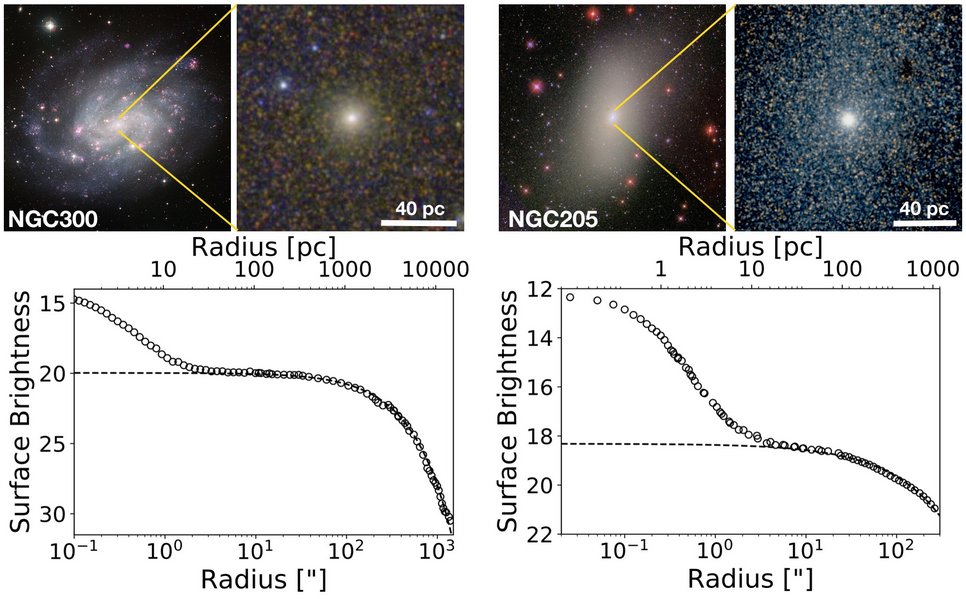
The formation and evolution of the nuclei of galaxies, and in particular nuclear star clusters is directly linked to the evolution of their host galaxies. Nuclear star clusters (NSCs) are very common in galaxies of masses similar to the Milky Way and slightly below. Their sizes are comparable to those of globular star clusters but their masses are up to several orders of magnitudes higher. This makes nuclear star clusters the densest stellar objects in the universe. Due to these high densities, NSCs might be the birthplaces of massive black holes that could form in a process of run-away collisions of massive stars and their remnants. Hence, NSCs are excellent environments to look for the presence of massive black holes, even in very low mass galaxies.
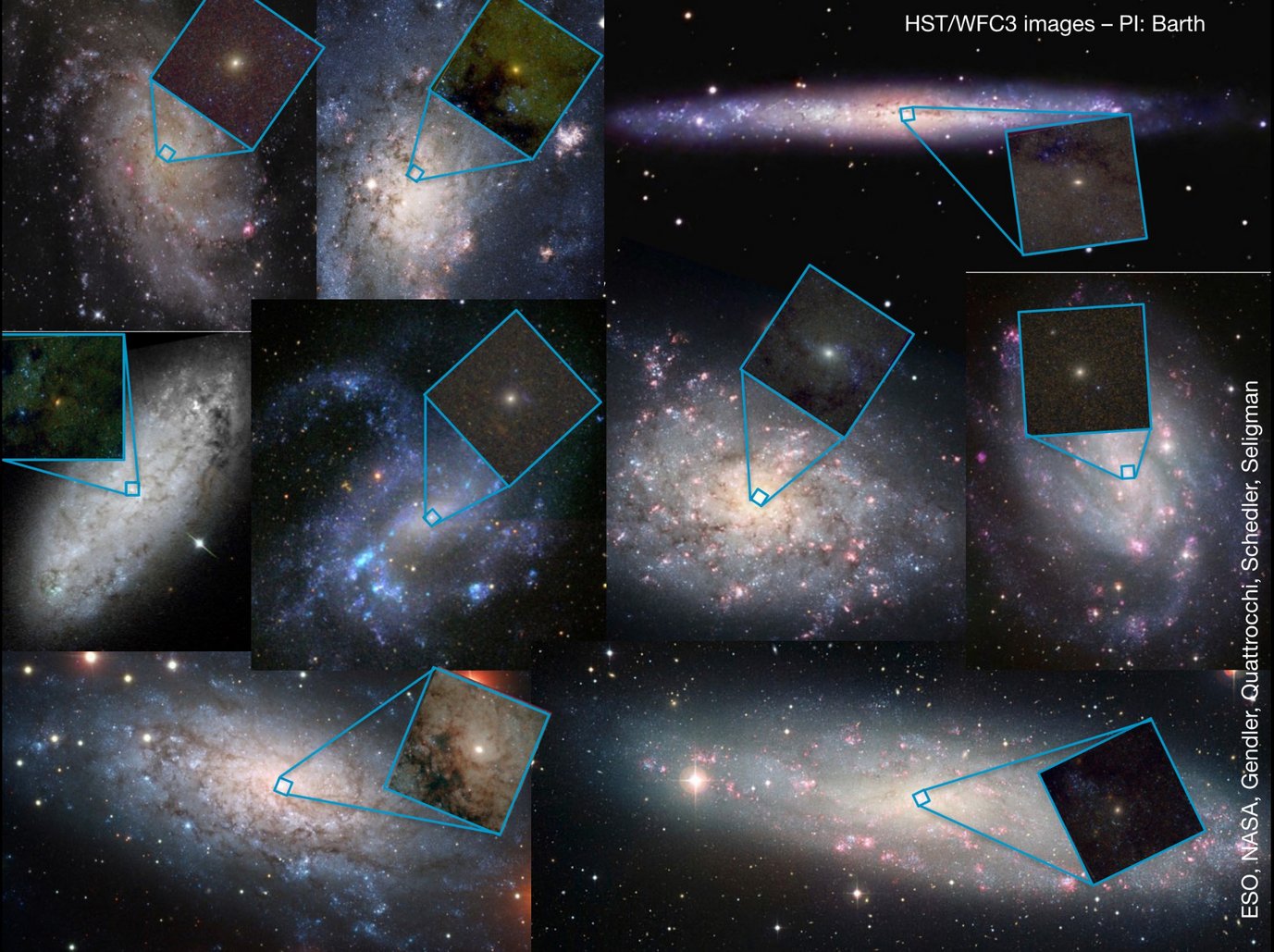
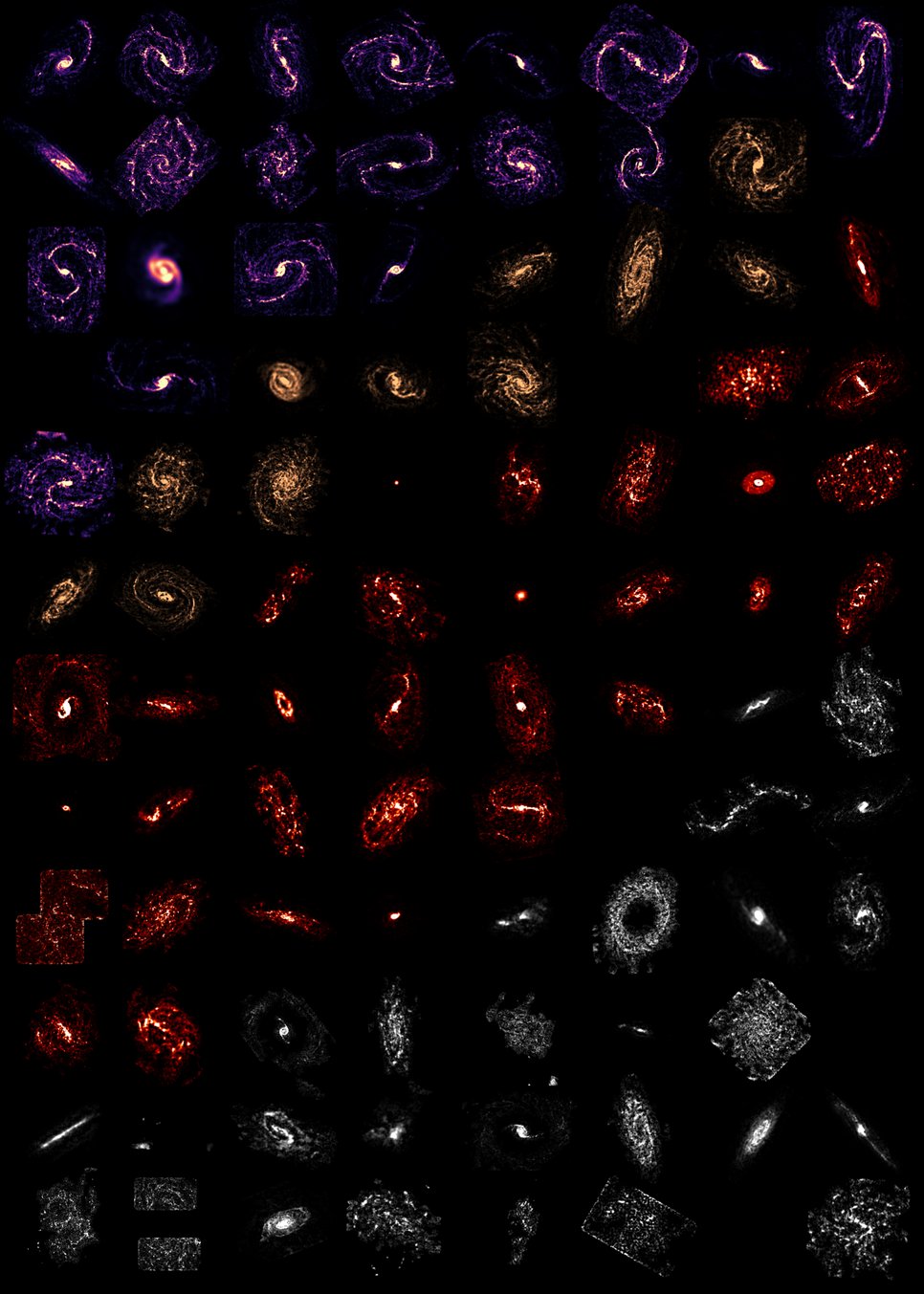
Dedicated surveys of galaxy components across the full electro-magnetic spectrum utilizing ground- and space-based observatories are key to reveal the relationships between the gas, star, dust and galaxy morphology and structure to help develop physical models that can in turn be applied in the younger, more distant universe (see research on galaxy evolution) where such high spatial resolution can no longer be achieved.
One of the latest surveys is PHANGS (and its associated surveys) providing a comprehensive and detailed view of the constituents of the star formation process. It builds on the insights gained by THINGS looking at the atomic gas, HERACLES and PAWS imaging the molecular gas as well as S4G and KINGFISH providing information on the stellar populations as well as the ionized gas and dust. These observations are combined with state-of-the-art modeling to obtain insights into the radiation field (from stars and AGN), densities and other physical parameters of the galaxy components.
The centers of galaxies are their brightest regions and can be observed out to large distances. Imaging and spectroscopic surveys have revealed the presence of multiple generations of stars at the centers of galaxies that imprint their formation histories and in turn the formation histories of their host galaxies.
In this respect, the nucleus of our own Galaxy serves as an excellent local benchmark, and a number of dedicated studies are pursued to understand the formation history of the Milky Way nuclear star cluster.
